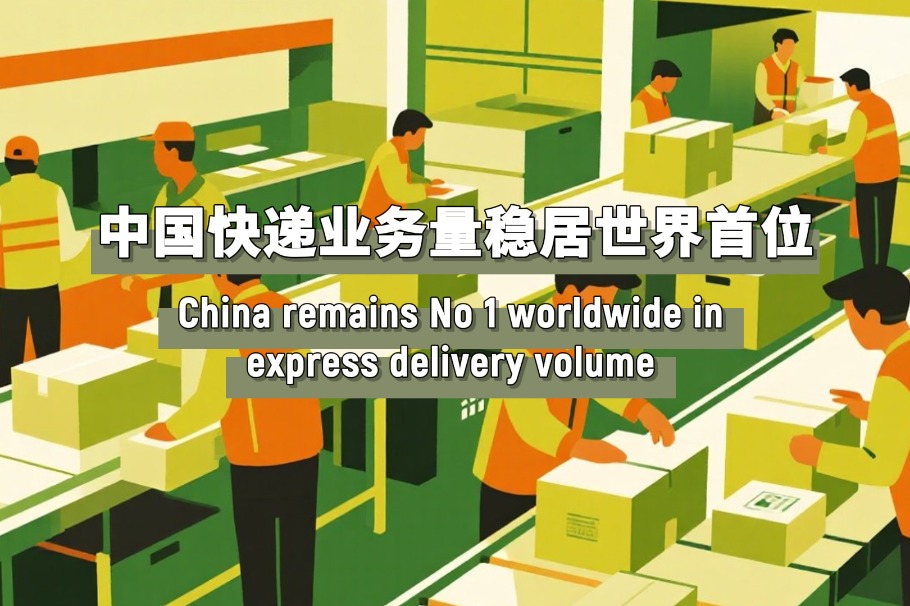Shanghai board eyes T+0 system


Efficiency, liquidity being weighed against volatility, risk before possible adoption
The highly anticipated science and technology innovation board of the Shanghai Stock Exchange is likely to adopt the T+0 system, which means investors can sell the stocks they buy on the same trading day, experts said.
The market expects the exchange to launch the new board in the second quarter at the earliest, which will be a pilot project in China's capital market reforms.
The T+0 system, they said, could improve efficiency of the new stock trading platform insofar as reflecting the supply-demand relationship in prices and boosting liquidity are concerned.
Such an approach could well prompt similar reforms in the broader A-share market, they said.
"We stressed effective pricing while designing the science and technology innovation board," Shi Donghui, head of the capital market research center of the exchange, said at a forum recently.
Wang Tingting, an associate professor of finance at the Beijing-based Central University of Finance and Economics, said: "Shi's remark shows the new board is likely to allow the T+0 system, as a way to more efficiently, reasonably price the stocks."
Currently, all spot trading in the A-share market adopts the T+1 system, where T represents transaction. Under the system, whenever investors buy certain stocks, they can sell them only on the next trading day or later.
"The T+1 system has dampened the A-share market's efficiency in reflecting the supply-demand relationship in prices, as selling may be delayed while buying is not," Wang said.
It has also dimmed the allure of the A-share market, Wang said, as some short-term-minded investors are not able to avert losses when prices of their shares begin to plunge on the same day of their transaction.
Major stock markets across the world currently use the T+0 system. Nearly three decades ago, the nascent A-share market also implemented it, but saw high volatility. Hence, Chinese regulators adopted the T+1 system in 1995.
As the A-share market has become more mature and the T+1 system has proved it has its own drawbacks, there is a need for a change, experts said.
As a first step, however, the T+1 system would help boost trading and liquidity on the new board, said Xue Yi, an associate professor of finance at the University of International Business and Economics in Beijing.
Higher volatility can be expected if the T+0 system is introduced straightaway at the launch, he said. "That is because when the board has just come into force, only a small number of companies will be listed, making the market prone to volatility."
Volatility can help stock prices approach a reasonable level in the long term, Wang said, adding the move toward the T+0 system on the new board may eventually accelerate the reform of the A-share market.
"With high-quality listed firms and superior trading rules, the new board may probably attract funds that tend to invest on the existing boards, motivating them to promote similar reform," Wang said.
He may have well been speaking about the Shenzhen Stock Exchange, which said this year it will "spare no efforts to push forward reforms of the ChiNext", its stock trading platform dominated by growth enterprises.
Dong Dengxin, director of the Finance and Securities Institute at the Wuhan University of Science and Technology, said any adoption of the T+0 system by the whole A-share market could help contain excessive speculation, which has been the bane of the market.
Agreed Hong Rong, founder of investor education platform Hongda Education and an MBA tutor at the Shanghai Advanced Institute of Finance. But he expressed concern high volatility may dent regulators' determination to push forward the reform on other boards." ... reform with select stocks first can help avoid excessive volatility and risk," he said.




































